Introduction: Tax Planning Is Wealth Planning
Every year, as the financial year draws to a close, millions of Indian taxpayers rush to find ways to save on taxes. But tax saving isn’t about last-minute panic—it’s about long-term wealth creation using legally recognized instruments.
With the government’s push toward a transparent tax ecosystem and digital compliance, FY 2025–26 (AY 2026–27) is the perfect time to optimize your tax-saving strategy. Whether you’re a salaried employee, business owner, or freelancer, this guide reveals 10 smart, fully legal ways to reduce tax while also building wealth for your future.
This article will not just list investment options—it will show you projections from 2025 to 2035, realistic returns, and expert opinions on what’s working best in India’s tax landscape today.
Why Tax Planning Matters in 2025–26
Under India’s Income Tax Act, several sections allow deductions and exemptions that reduce taxable income. Using them wisely can mean the difference between paying ₹0 or ₹50,000+ in extra tax.
Proper tax planning helps you:
- Legally minimize tax liability
- Achieve financial goals faster
- Balance risk, return, and liquidity
- Create long-term financial discipline
Table 1: Key Income Tax Sections for FY 2025–26
| Section | Deduction Type | Maximum Limit (FY 2025–26) | Eligible For |
|---|---|---|---|
| 80C | Investment-based deductions | ₹1.5 lakh | ELSS, PPF, NSC, LIC, etc. |
| 80CCD(1B) | Additional NPS investment | ₹50,000 | Individual taxpayers |
| 80D | Health insurance premium | ₹25,000–₹50,000 | Self, family, parents |
| 24(b) | Home loan interest | ₹2 lakh | Self-occupied house |
| 80E | Education loan interest | No limit | Higher education loans |
| 10(10D) | Life insurance maturity | Tax-free (conditions apply) | Policyholders |
Equity Linked Savings Scheme (ELSS): The Fastest-Growing Tax Saver
ELSS funds are mutual funds that invest primarily in equities and offer tax deduction under Section 80C. They have the shortest lock-in period—just 3 years, compared to 15 years for PPF or 5 years for FDs.
Why ELSS Stands Out
- High Growth Potential: Historically delivers 11–15% CAGR.
- Shortest Lock-in: Only 3 years.
- Tax Benefits: Up to ₹1.5 lakh deduction under 80C.
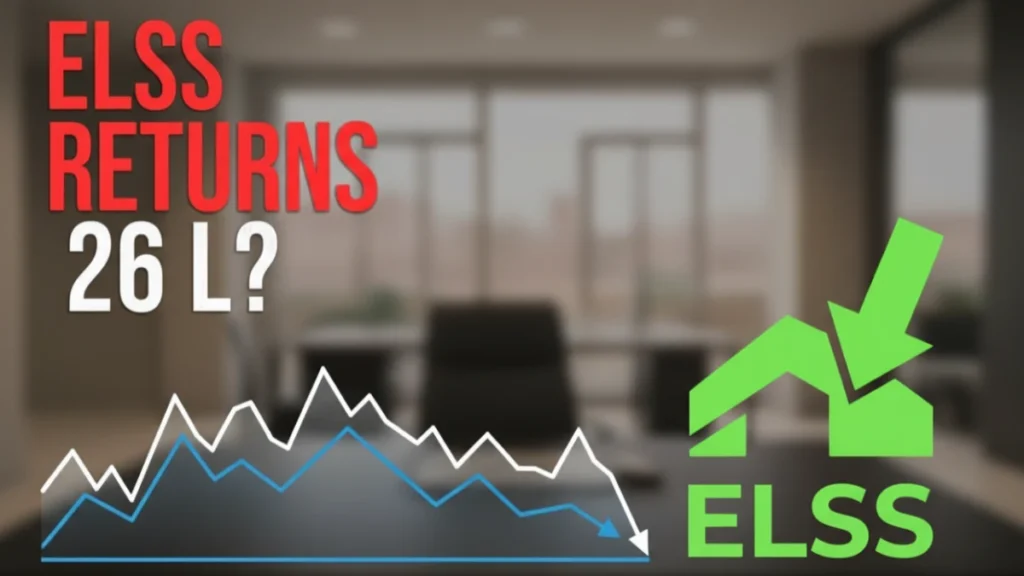
Example:
If you invest ₹1.5 lakh/year in ELSS for 10 years with a 12% annualized return, you’ll have nearly ₹26.1 lakh—tax-free up to ₹1 lakh of LTCG annually.
Expert Quote
“ELSS remains the best option for long-term wealth creation among 80C instruments. SIPs make it easier to invest consistently.”
— Rishabh Jain, SEBI Registered Investment Advisor (RIA), 2025
Table 2: ELSS Projection (2025–2035)
| Year | Annual Investment (₹) | Expected Return (%) | Corpus (₹) |
|---|---|---|---|
| 2025 | 1,50,000 | 12% | 1,68,000 |
| 2030 | 1,50,000/year | 12% CAGR | 10.5 lakh |
| 2035 | 1,50,000/year | 12% CAGR | 26.1 lakh |
(Projection assumes reinvestment and compounding annually.)
Public Provident Fund (PPF): India’s Evergreen EEE Champion
PPF is a government-backed, risk-free savings scheme with Exempt-Exempt-Exempt (EEE) status. That means your investment, interest, and maturity are all tax-free.
Key Highlights
- Lock-in Period: 15 years (with partial withdrawal after 7 years).
- Current Interest Rate (Q3 2025): 7.1% (subject to quarterly revision).
- Tax Deduction: Up to ₹1.5 lakh under Section 80C.
Example: ₹1.5 lakh annual investment for 15 years at 7.1% gives a maturity of ₹39.4 lakh—tax-free.
Expert Insight
“PPF is a must-have for conservative investors looking for guaranteed, tax-free compounding.”
— CA Deepika Sharma, Tax Consultant, New Delhi (2025)
Table 3: PPF 15-Year Projection (2025–2040)
| Year | Annual Deposit (₹) | Interest Rate (%) | Corpus at Maturity (₹) |
|---|---|---|---|
| 2025–2040 | 1,50,000 | 7.1% | 39.4 lakh |
| 2025–2035 (10 yrs) | 1,50,000 | 7.1% | 21.1 lakh |
National Pension System (NPS): Retirement + Extra ₹50,000 Deduction
NPS is a hybrid investment with exposure to equity and debt. It allows an additional deduction of ₹50,000 under Section 80CCD(1B)—over and above the ₹1.5 lakh limit of 80C.
Key Benefits
- Tax Saving: Up to ₹2 lakh total (80C + 80CCD(1B)).
- Returns: 9–11% (market-linked).
- Partial Withdrawal: Allowed for education, housing, or marriage.
Expert Tip
“For salaried individuals, combining EPF and NPS ensures disciplined long-term retirement savings with tax efficiency.”
— Arun Mahajan, CFP, Mumbai
Table 4: NPS Growth Projection (2025–2035)
| Year | Annual Contribution (₹) | Expected CAGR (%) | Estimated Corpus (₹) |
|---|---|---|---|
| 2025 | 50,000 | 9% | 54,500 |
| 2030 | 50,000/year | 9% | 3.0 lakh |
| 2035 | 50,000/year | 9% | 7.5 lakh |
(Excluding employer contribution and pension annuity.)
Sukanya Samriddhi Yojana (SSY): Secure Future for Girl Child
SSY is designed exclusively for parents of a girl child below 10 years. It offers one of the highest interest rates among small savings schemes and is completely tax-free.
Also Read: SWP mutual fund plans for ₹1 crore investment
Key Benefits
- Interest Rate (Q3 2025): 8.2%.
- Lock-in Period: Until the girl turns 21.
- Tax Status: EEE (all three stages tax-free).
A ₹1.5 lakh annual contribution for 15 years at 8.2% yields about ₹63.4 lakh at maturity.
Table 5: SSY Maturity Projection
| Investment Period | Annual Investment (₹) | Interest (%) | Maturity Value (₹) |
|---|---|---|---|
| 15 years | 1,50,000 | 8.2% | 63.4 lakh |
| 21 years | 1,50,000 | 8.2% | 81.2 lakh |
Employee Provident Fund (EPF) & Voluntary PF
EPF is a mandatory savings scheme for salaried employees where 12% of your basic pay is contributed monthly, matched by your employer. The returns are stable and tax-advantaged.
- Interest Rate (FY 2025–26): 8.25%.
- Tax Deduction: Employee contribution under 80C.
- Withdrawal: Partially allowed for housing, illness, etc.
Example: A ₹5,000 monthly EPF contribution grows to ₹9.2 lakh in 10 years at 8.25% interest.
Table 6: EPF Corpus Growth Example
| Monthly Contribution (₹) | Annual Interest (%) | 10-Year Value (₹) |
|---|---|---|
| 5,000 | 8.25% | 9.2 lakh |
| 10,000 | 8.25% | 18.4 lakh |
Tax-Saving Fixed Deposits & NSC
Both 5-year Tax-saving FDs and National Savings Certificate (NSC) qualify under Section 80C. They are secure but returns are taxable on maturity.
- FD Rate (Oct 2025): ~7%.
- NSC Rate (Oct 2025): ~7.7%.
- Lock-in: 5 years.
Table 7: FD vs NSC Comparison
| Feature | Tax-saving FD | NSC |
|---|---|---|
| Lock-in | 5 years | 5 years |
| Tax Benefit | 80C | 80C |
| Return Type | Taxable | Interest reinvested (first 4 years) |
| Risk | Low | Very Low |
Home Loan (Principal + Interest Deductions)
Buying a house brings dual tax benefits:
- Principal: Deductible under Section 80C (₹1.5 lakh).
- Interest: Deductible under Section 24(b) (₹2 lakh).
Example
If you pay ₹1 lakh towards principal and ₹2 lakh towards interest annually, you can reduce taxable income by ₹3 lakh.
Table 8: Home Loan Tax Impact Example
| Component | Section | Deduction Limit (₹) |
|---|---|---|
| Principal | 80C | 1,50,000 |
| Interest | 24(b) | 2,00,000 |
| Total Tax Benefit | — | 3,50,000 |
Health Insurance (Section 80D)
Medical inflation is rising at 14–15% annually, making health insurance not just a necessity but a smart tax tool.
Deduction Limits
- Self + Family: ₹25,000 (if under 60).
- Parents: ₹25,000 (₹50,000 if senior citizens).
So, you can save up to ₹75,000/year legally under Section 80D.
Table 9: 80D Deduction Example
| Insured Person | Maximum Deduction (₹) |
|---|---|
| Self + Family (<60) | 25,000 |
| Parents (<60) | 25,000 |
| Parents (≥60) | 50,000 |
| Total Possible | 75,000 |
Life Insurance & ULIPs
Premiums paid toward life insurance (traditional or ULIP) are eligible under Section 80C.
However, from FY 2023–24 onwards, ULIPs with annual premium above ₹2.5 lakh lose tax-free maturity benefit—so check policy terms.
“Stick to pure term insurance for risk cover and use mutual funds for investment.”
— Priya Tandon, LIC-certified financial educator
Table 10: Life Insurance Tax Comparison
| Type | Tax Benefit | Tax on Maturity | Ideal For |
|---|---|---|---|
| Term Plan | 80C | Tax-free (death claim) | Income protection |
| Endowment | 80C | Taxable above limits | Low-risk investors |
| ULIP | 80C | Tax-free (≤ ₹2.5L premium) | Hybrid investors |
Senior Citizen Savings Scheme (SCSS)
For senior citizens (60+), SCSS offers high interest and quarterly payouts.
- Interest Rate (Oct 2025): 8.3%.
- Lock-in: 5 years (extendable by 3).
- Tax Deduction: Up to ₹1.5 lakh under 80C.
Table 11: SCSS 10-Year Projection
| Investment (₹) | Interest (%) | Corpus after 10 yrs (₹) |
|---|---|---|
| 15,00,000 | 8.3% | 32,00,000 |
| 5,00,000 | 8.3% | 10,70,000 |
Futuristic Tax Projections (2025–2035): What to Expect
By 2035, India’s tax structure may evolve with higher digital integration, dynamic slab systems, and inflation-linked exemptions.
Forecast Highlights:
- 80C limit may rise to ₹2 lakh by 2030.
- NPS may become the default retirement instrument for new employees.
- PPF interest likely to remain around 7%.
- Digital ELSS platforms will offer auto-rebalancing features.
“From 2025 to 2035, India’s tax-saving landscape will reward investors who combine equity growth (ELSS, NPS) with fixed safety (PPF, SSY). Hybrid diversification is the key.”
— Rohit Menon, CFA, Bengaluru
Also Read: $15K Investment to $75K Wealth: Your 5-Year Growth Plan
FAQs
Q1. What is the best tax-saving investment for FY 2025–26?
A: ELSS remains the best mix of tax benefit and high growth potential.
Q2. Can I claim both PPF and NPS deductions?
A: Yes. PPF is under 80C (₹1.5L) and NPS has an extra ₹50k (80CCD(1B)).
Q3. Is ELSS risk-free?
A: No. ELSS is market-linked, but long-term investors benefit from compounding.
Q4. What is the safest tax-saving option?
A: PPF and SSY are safest since they’re government-backed and tax-free.
Conclusion: Save Tax, Build Wealth
Tax planning is not a one-time task—it’s a lifelong financial discipline. The most successful investors don’t wait until March; they start early, invest monthly, and let compounding do the magic.
So in FY 2025–26, combine:
ELSS + PPF + NPS for balance
Health insurance + term plan for security
Home loan & SCSS for long-term stability
Start early, invest smartly, and build wealth legally.
Your money should work for you—not for taxes.





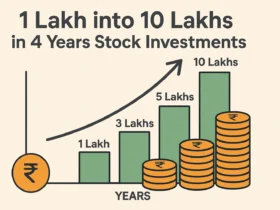














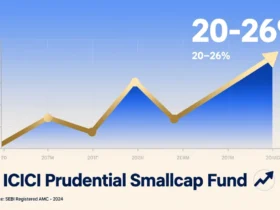


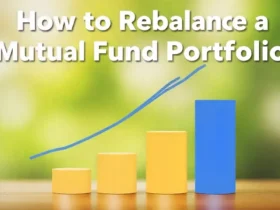
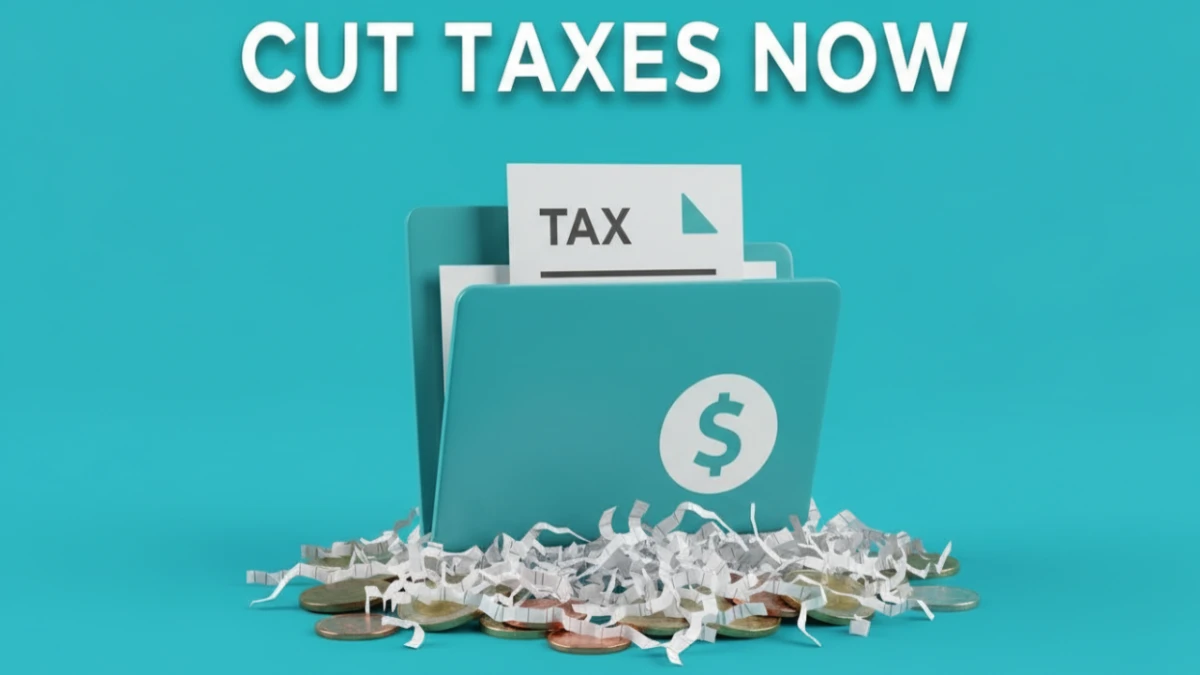
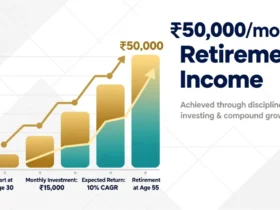
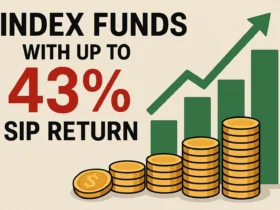


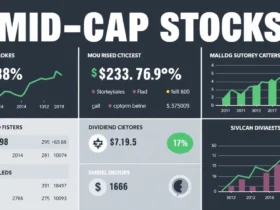


Leave a Reply